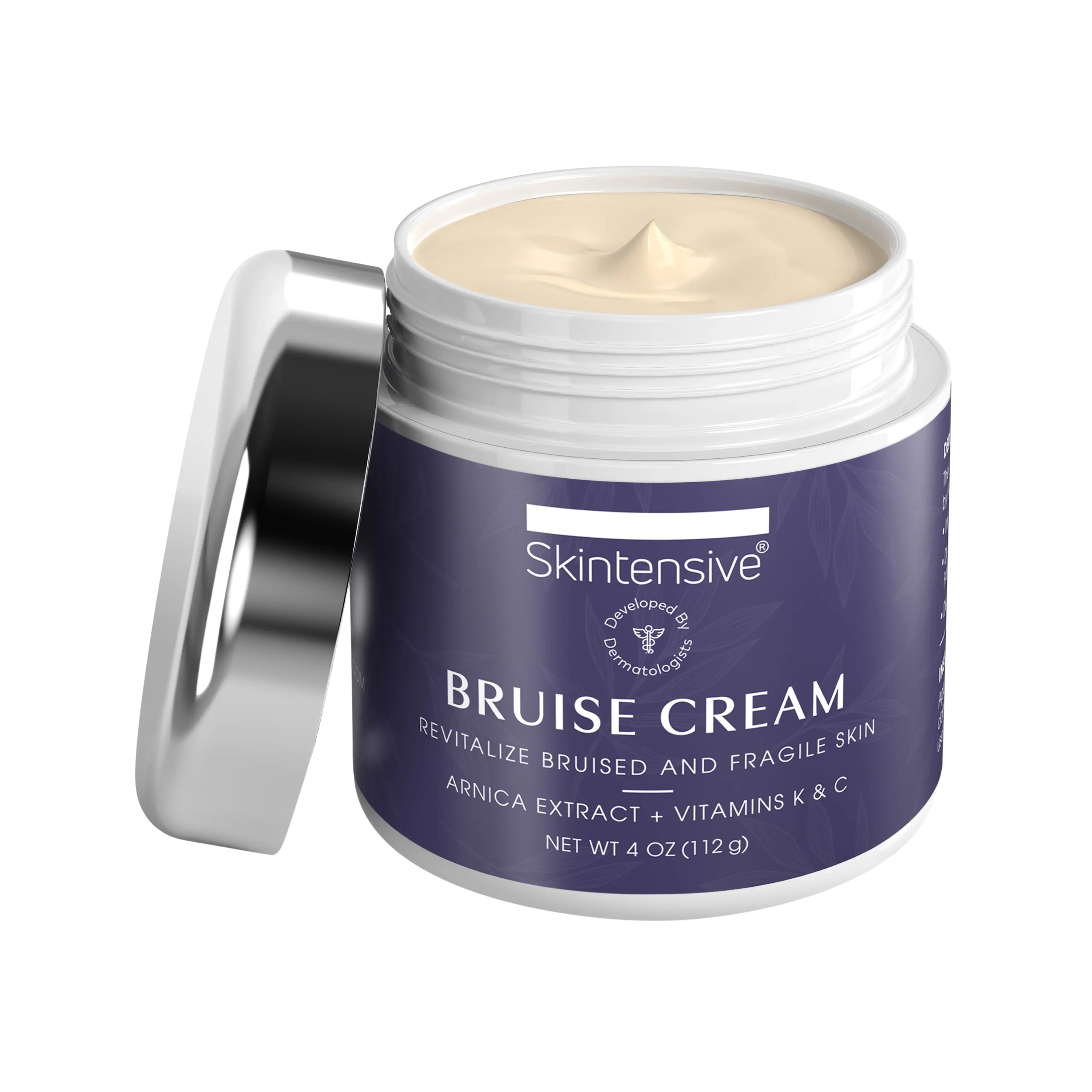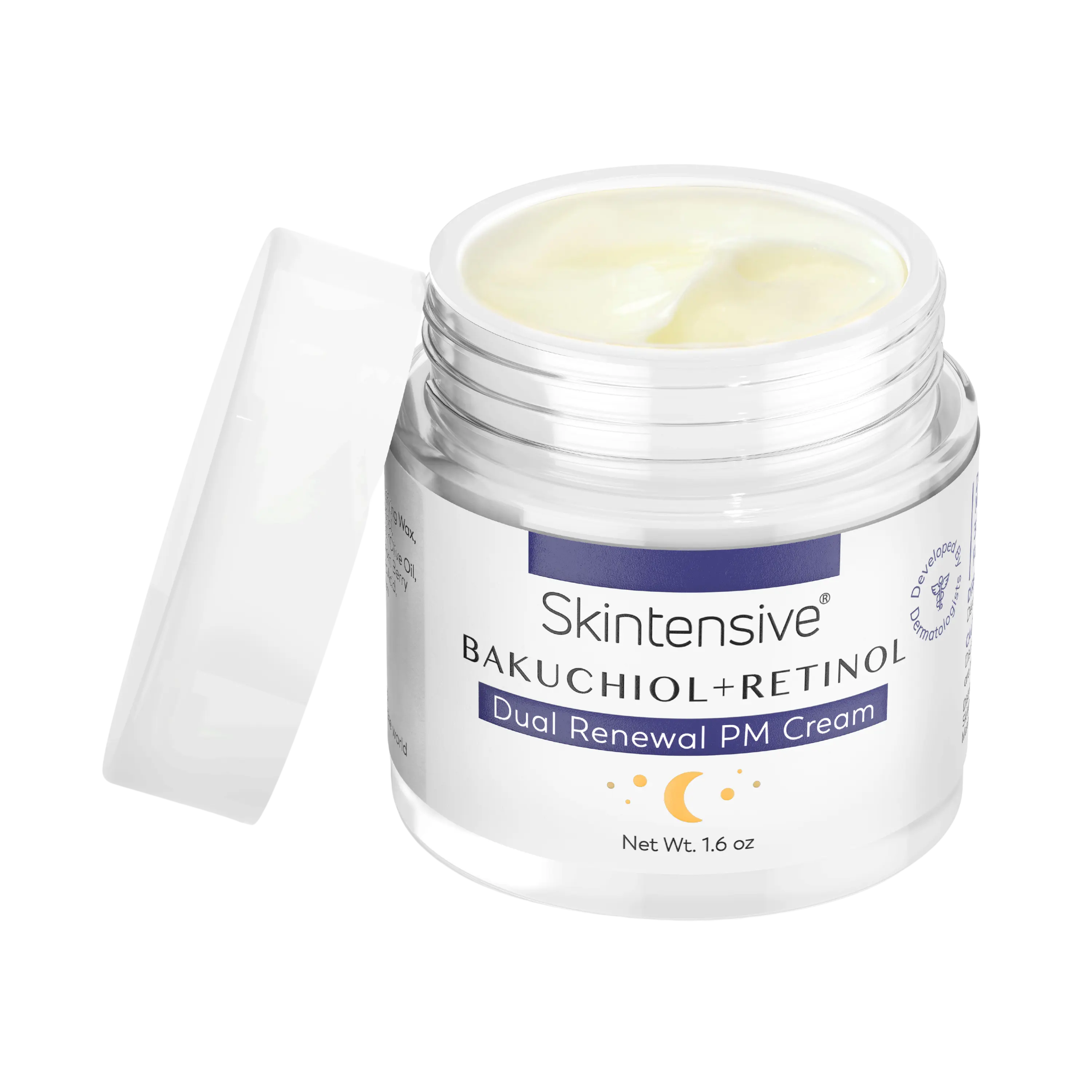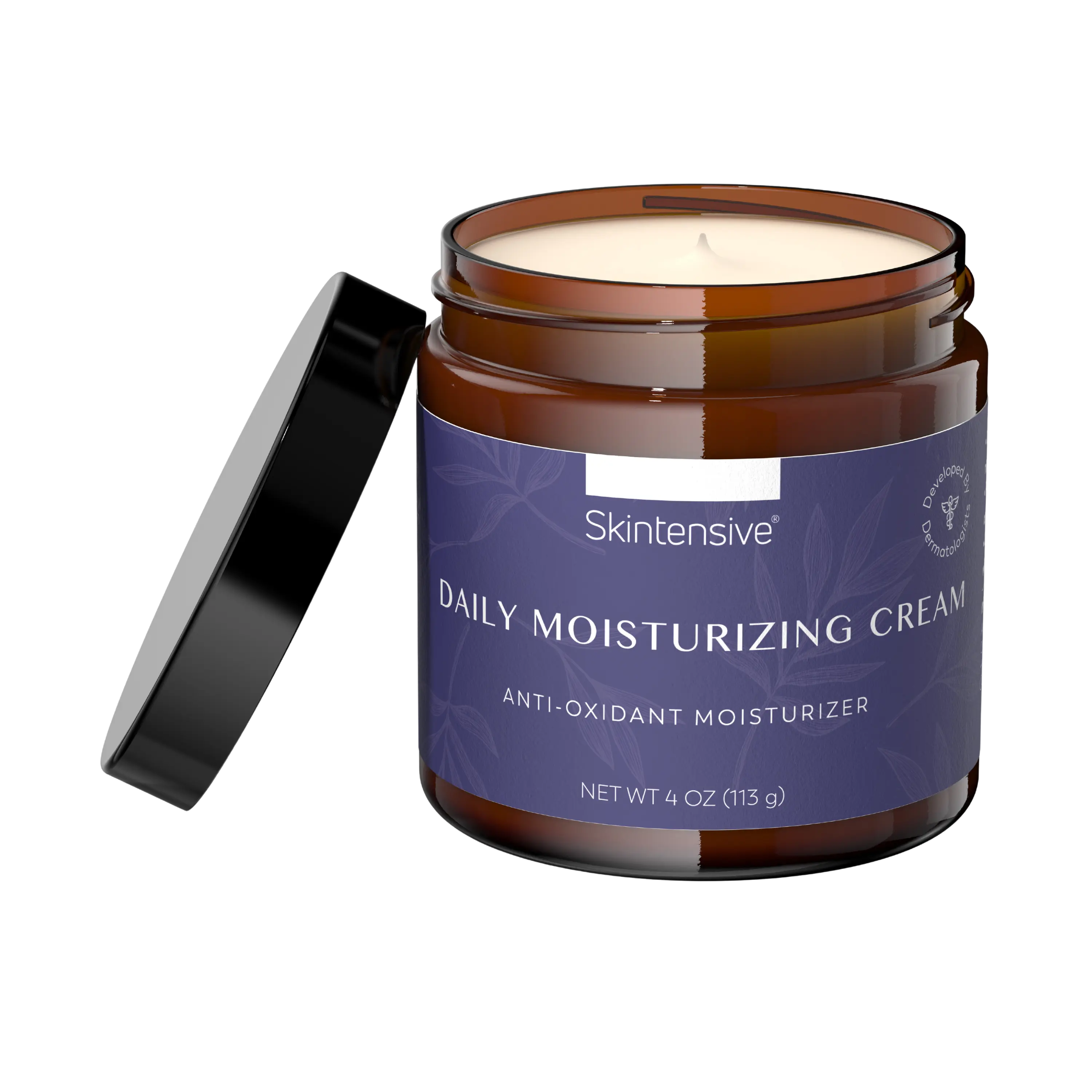Top 3 Ways People Use Arnica
Arnica is a bright yellow flower often known as the "mountain daisy," native to the mountains of Europe. For generations, people have used Arnica to help support their skin and ease everyday discomfort. Today, Arnica is typically found in topical products like creams, gels, and oils.
While it has been used in traditional practices for centuries, modern science is beginning to explore why so many people continue to turn to this botanical. (Important note: pure Arnica is toxic if consumed. We only recommend topical use.)
In this article, we’ll explore the top three ways Arnica is used today and how it may fit into your daily routine.
1. Helping Bruises Look Better, Faster
Bruises happen when tiny blood vessels, called capillaries, break under the skin. This can occur after bumps, falls, cosmetic procedures, or even spontaneously if the skin is fragile. When blood leaks into the surrounding tissues, it causes that familiar rainbow of colors — red, purple, green, yellow, and brown — as the body processes and clears the blood.
Topical Arnica is often used to support the skin’s natural healing process and reduce the appearance of bruising. While it does not prevent bruising altogether, it may help minimize the visible signs and help skin look clearer, faster.
People who find Arnica helpful often include:
-
Those prone to easy bruising due to medications like blood thinners
-
Individuals with naturally fragile or aging skin
-
People undergoing aesthetic treatments such as laser procedures, fillers, or Botox
In fact, Arnica has become a favorite post-procedure choice among dermatologists and cosmetic professionals. Many suggest using Arnica cream immediately after treatments to help keep the skin looking its best during recovery.
If you’re concerned about bruising before a big event or just want your skin to look its best after a cosmetic appointment, adding a gentle Arnica cream to your routine may be worth considering.
Tip: For best results, always follow the application instructions on your product and speak with your healthcare provider if you have any concerns.
2. Soothing Sore or Tired Muscles
Beyond bruises, Arnica is also widely used by athletes, fitness enthusiasts, and anyone who experiences occasional muscle soreness. After an intense workout, a long hike, or even a day spent moving boxes, muscles can feel tight, uncomfortable, or fatigued.
Topical Arnica products are often used to soothe sore muscles and support natural recovery. The comforting sensation from an Arnica-based cream or gel can be a welcome addition to your post-activity routine.
Here’s how people often use Arnica for muscle care:
-
Applying Arnica gel or cream immediately after physical activity
-
Massaging it into tired areas like the calves, shoulders, or back
-
Including it in their regular recovery kit alongside foam rollers and stretching routines
In one study, Arnica gel was compared to a traditional non-steroidal anti-inflammatory (NSAID) treatment and showed comparable outcomes in managing discomfort in people with hand arthritis. Although more research is always helpful, this study suggests that Arnica could offer a gentle alternative for some types of muscle care.
Of course, everyone's body responds differently. Always listen to your body, and if soreness persists, seek advice from a medical professional.
3. Refreshing Puffy Skin
Arnica isn’t just popular for bruises and muscles — it has also carved out a spot in skincare routines aimed at reducing puffiness and refreshing the look of tired skin.
Many face masks, under-eye gels, and skin recovery creams now include Arnica among their ingredients. It’s often used to:
-
Help calm the appearance of puffiness after long flights, late nights, or busy days
-
Support healthier-looking skin after aesthetic treatments
-
Contribute to an overall revitalized, well-rested look
Arnica’s reputation for soothing the skin makes it a favorite addition for people who want their complexion to look refreshed without using heavy treatments or invasive procedures.
Whether applied on its own or as part of a carefully formulated skincare product, Arnica can be a simple way to help your skin appear more vibrant and awake.
Tip: Look for products that combine Arnica with other hydrating ingredients like aloe vera or hyaluronic acid for an even more soothing effect.
Choosing the Right Arnica Product
When selecting an Arnica product, quality matters. Here are a few things to keep in mind:
-
Check the Ingredients: Look for products that list Arnica montana extract high on the ingredient list.
-
Choose Topical Formulations: Stick to trusted creams, gels, or oils made for external use.
-
Avoid Ingesting Pure Arnica: As a reminder, pure Arnica plant material can be toxic if taken internally and should only be used on the skin.
At Skintensive, our Arnica Bruise Scar Cream is carefully formulated to help support your skin’s natural recovery while feeling lightweight, non-greasy, and suitable for everyday use.
Special Offer
Ready to experience the benefits of Arnica for yourself?
Use code BLOG15 at checkout to receive 15% off your first purchase!
[Shop Now]
Reference
-
Widrig R, Suter A, Saller R, Melzer J. Choosing between NSAID and Arnica for topical treatment of hand osteoarthritis in a randomized, double-blind study. Rheumatology International. 2007; 27(6):585–591.
Disclaimer
This blog post is for informational purposes only and is not intended to substitute for professional medical advice, diagnosis, or treatment. Always consult with your healthcare provider for guidance specific to your situation.








